Home>Construction & Tools>Building Materials>What Is Brick Veneer Made Of
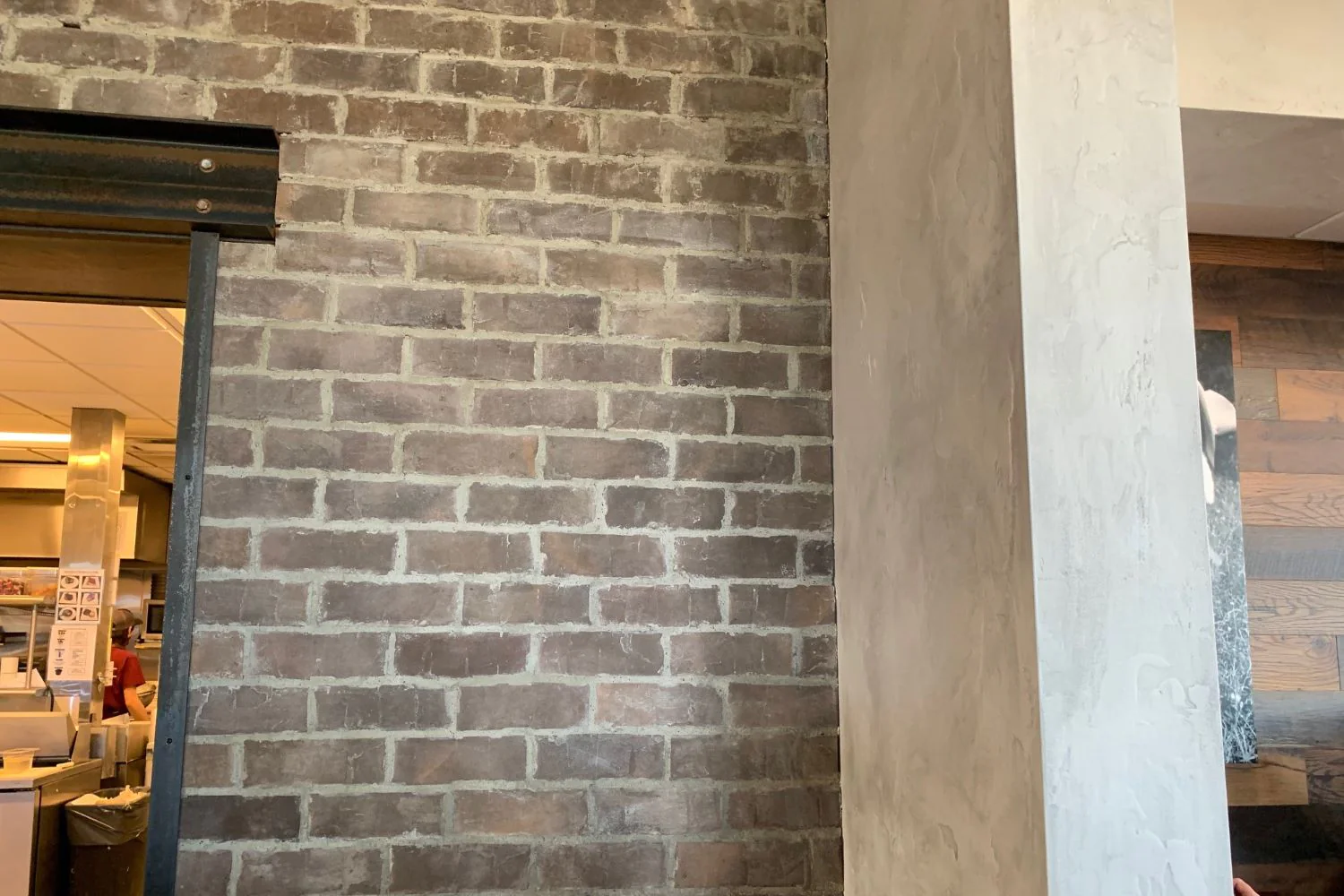

Building Materials
What Is Brick Veneer Made Of
Modified: October 20, 2024
Discover the composition of brick veneer and its significance as a building material. Learn about the materials used and their benefits for construction projects.
(Many of the links in this article redirect to a specific reviewed product. Your purchase of these products through affiliate links helps to generate commission for Storables.com, at no extra cost. Learn more)
Introduction
Welcome to the world of construction and architecture, where the use of brick veneer has revolutionized the way buildings are designed and constructed. In this article, we will delve into the fascinating realm of brick veneer, exploring its composition, manufacturing process, benefits, installation considerations, and maintenance. Whether you are a homeowner, a builder, or simply an enthusiast eager to expand your knowledge, this comprehensive guide will provide valuable insights into the world of brick veneer.
Brick veneer is a versatile and popular building material that has been utilized for centuries to enhance the aesthetic appeal and structural integrity of buildings. Its enduring popularity is a testament to its reliability, durability, and timeless charm. As we embark on this exploration, we will unravel the intricacies of brick veneer, shedding light on its composition and the myriad benefits it offers to the construction industry. From its manufacturing process to the considerations involved in installation and maintenance, we will leave no stone unturned in our quest to understand the essence of brick veneer.
Whether you are considering using brick veneer for your upcoming construction project or simply seeking to expand your knowledge of building materials, this article aims to equip you with the information needed to make informed decisions and appreciate the artistry behind this enduring construction material. So, let’s embark on this enlightening journey and unravel the mysteries of brick veneer together.
Key Takeaways:
- Brick veneer is a non-structural, decorative facing that enhances building exteriors. It offers timeless charm, design flexibility, and fire resistance, making it a popular choice for residential and commercial construction projects.
- The composition of brick veneer includes clay bricks, mortar, substrate, weep holes, and flashings. Its benefits include durability, energy efficiency, and sustainability, making it a versatile and enduring building material.
Read more: What Is Brick Made Out Of
Definition of Brick Veneer
Brick veneer is a popular building material that is used to provide a protective and decorative covering for a building’s exterior walls. Unlike traditional solid brick construction, where the bricks are load-bearing and form an integral part of the structure, brick veneer is a non-structural, decorative facing that is attached to the exterior of a building. This construction technique involves placing a single layer of bricks against a wall, providing the appearance of a solid brick wall without bearing the structural load.
The term “veneer” refers to a thin decorative covering that is applied over a sturdier base, and in the context of construction, brick veneer serves as an attractive façade that enhances the visual appeal of a building. It is important to note that the primary function of brick veneer is aesthetic, as it does not contribute to the structural integrity of the building in the same way as load-bearing brick walls or other structural elements.
One of the key advantages of brick veneer is its versatility, as it can be used in both residential and commercial construction projects to achieve a classic, timeless look. Additionally, brick veneer offers architects and builders the flexibility to incorporate various colors, textures, and patterns, allowing for the creation of visually striking facades that complement the overall design of the building.
As we delve deeper into the world of brick veneer, it becomes evident that this construction material serves as a testament to the seamless integration of form and function, combining aesthetic appeal with practicality to elevate the visual impact of buildings while providing a protective outer layer. The next section will explore the different types of brick veneer, shedding light on the diverse options available to architects, builders, and homeowners seeking to incorporate this enduring material into their construction projects.
Types of Brick Veneer
Brick veneer comes in various types, each offering distinct characteristics and advantages. Understanding the different types of brick veneer is essential for architects, builders, and homeowners seeking to select the most suitable option for their construction projects. Let’s explore the primary types of brick veneer and their unique attributes:
- Traditional Brick Veneer: This type of brick veneer features individual bricks that are laid against a substrate, such as plywood or metal ties, and anchored to the building’s structure. Traditional brick veneer provides a classic, timeless appearance and can be customized to achieve different patterns and textures, making it a popular choice for residential and commercial buildings.
- Thin Brick Veneer: Thin brick veneer, also known as brick tile or brick facing, is a lightweight alternative to traditional brick veneer. It consists of thin slices of genuine clay bricks that are adhered to a substrate, offering the authentic look of brick while requiring less structural support. Thin brick veneer is well-suited for interior and exterior applications, providing flexibility in design and installation.
- Panel Brick Veneer: Panel brick veneer comprises larger sections or panels of brick that are pre-assembled and attached to the building’s exterior. This type of brick veneer offers efficient installation and can be manufactured with various textures and finishes, providing a cost-effective and visually appealing solution for architectural facades.
- Brick Veneer Siding: Brick veneer siding, also referred to as brick veneer panels, is designed to mimic the appearance of traditional brick masonry while offering the benefits of lightweight, easy-to-install siding. It is a popular choice for residential applications, providing a durable and low-maintenance alternative to solid brick construction.
Each type of brick veneer presents unique opportunities for enhancing the aesthetic appeal and structural integrity of buildings. Whether it’s the timeless elegance of traditional brick veneer, the versatility of thin brick veneer, the efficiency of panel brick veneer, or the practicality of brick veneer siding, architects and builders have a wide range of options to choose from when incorporating brick veneer into their designs.
As we continue our exploration of brick veneer, the next section will delve into the composition of this versatile building material, shedding light on the elements that contribute to its enduring appeal and functionality.
Composition of Brick Veneer
Brick veneer is composed of several key elements that contribute to its durability, aesthetic appeal, and structural characteristics. Understanding the composition of brick veneer is essential for architects, builders, and homeowners, as it provides insight into the materials that form this versatile building component. Let’s explore the fundamental composition of brick veneer:
- Clay Bricks: The primary component of brick veneer is clay bricks, which are manufactured from natural clay and shale. These bricks undergo a firing process in kilns, resulting in durable, weather-resistant units that form the outer layer of the veneer. Clay bricks are available in a variety of colors, textures, and sizes, allowing for creative design possibilities.
- Mortar: Mortar serves as the adhesive material that holds the individual bricks together and attaches them to the building’s substrate. It is typically composed of a mixture of cement, sand, and water, providing a strong bond between the bricks while accommodating slight movement and settlement.
- Substrate: The substrate, or backing material, plays a crucial role in supporting the brick veneer and providing a stable surface for installation. Common substrates include plywood, metal ties, or specialized panels designed to withstand the weight and environmental conditions associated with brick veneer.
- Weep Holes: Weep holes are small openings integrated into the brick veneer to allow for the drainage of moisture that may accumulate behind the veneer. These openings prevent water from becoming trapped, reducing the risk of moisture-related issues such as mold and deterioration.
- Flashings: Flashings are essential components of brick veneer systems, serving as protective barriers to redirect water away from vulnerable areas and prevent moisture infiltration. They are typically installed at critical points, such as window sills, door openings, and intersecting walls, to ensure proper water management.
By understanding the composition of brick veneer, architects, builders, and homeowners gain valuable insight into the materials and components that contribute to the resilience and aesthetic appeal of this versatile building material. The next section will delve into the manufacturing process of brick veneer, providing a glimpse into the intricate methods used to create this enduring construction component.
Manufacturing Process
The manufacturing process of brick veneer involves a series of carefully orchestrated steps that transform raw materials into the finished product. From the selection of high-quality clay to the firing of bricks in kilns, each stage plays a pivotal role in creating durable, visually appealing veneer units. Let’s explore the key stages of the manufacturing process for brick veneer:
- Clay Preparation: The manufacturing process begins with the extraction of natural clay from deposits, which is then carefully processed to remove impurities and achieve the desired consistency. The prepared clay is then shaped into individual brick units using molds or extrusion techniques, ensuring uniformity and strength.
- Drying: Once the bricks are formed, they undergo a drying process to remove excess moisture and prepare them for the subsequent firing stage. Controlled drying methods, such as air drying or kiln drying, are employed to prevent cracking and ensure the structural integrity of the bricks.
- Firing: The dried clay bricks are subjected to high-temperature firing in kilns, where they undergo a chemical transformation that results in hardened, durable units. The firing process not only strengthens the bricks but also imparts distinctive colors and textures, providing a diverse range of options for architects and builders.
- Quality Control: Throughout the manufacturing process, rigorous quality control measures are implemented to assess the dimensions, strength, and visual characteristics of the brick veneer units. Quality checks ensure that the finished products meet industry standards and exhibit the desired aesthetic and structural properties.
- Packaging and Distribution: Once the brick veneer units have undergone quality assurance procedures, they are carefully packaged for protection during transportation and distribution. From there, the finished products are supplied to construction sites, where they will be expertly installed to enhance the visual appeal and functionality of buildings.
The meticulous manufacturing process of brick veneer exemplifies the dedication to craftsmanship and quality that defines this enduring building material. By adhering to stringent production standards and leveraging the natural properties of clay, manufacturers are able to create brick veneer units that embody durability, beauty, and versatility.
As we continue our exploration, the next section will highlight the benefits of using brick veneer, shedding light on the advantages that make it a preferred choice for architects, builders, and homeowners alike.
Brick veneer is typically made of clay bricks that are attached to a building’s exterior as a decorative and protective layer. It is not load-bearing and is often used to give the appearance of a solid brick wall.
Read more: How To Build A Brick Veneer Wall
Benefits of Using Brick Veneer
Brick veneer offers a myriad of benefits that make it a popular and enduring choice for architects, builders, and homeowners seeking to enhance the visual appeal and structural integrity of buildings. From its timeless aesthetic to its durability and sustainability, brick veneer presents a range of advantages that contribute to its widespread use in construction projects. Let’s explore the key benefits of using brick veneer:
- Timeless Aesthetic Appeal: Brick veneer exudes a timeless charm and classic elegance that complements a wide range of architectural styles. The rich textures, earthy colors, and enduring beauty of brick veneer contribute to its universal appeal, making it a sought-after choice for residential and commercial buildings.
- Durability and Longevity: Brick veneer is renowned for its durability and ability to withstand the elements, including wind, rain, and temperature fluctuations. When properly installed and maintained, brick veneer can provide long-lasting protection and retain its aesthetic appeal for decades, reducing the need for frequent repairs or replacements.
- Fire Resistance: Brick veneer offers inherent fire resistance, providing an added layer of safety and protection for buildings. The non-combustible nature of brick veneer contributes to fire containment, helping to minimize the spread of flames and enhance the overall fire safety of structures.
- Energy Efficiency: The thermal mass properties of brick veneer contribute to energy efficiency by helping regulate indoor temperatures. Brick veneer can effectively absorb and release heat, reducing the reliance on mechanical heating and cooling systems and contributing to lower energy consumption.
- Sustainability and Environmental Benefits: Brick veneer is a sustainable building material, as it is manufactured from natural clay and shale, abundant resources that can be responsibly harvested. Additionally, the longevity of brick veneer reduces the need for frequent replacements, minimizing waste and environmental impact.
- Design Versatility: Brick veneer offers architects and builders a wide range of design possibilities, allowing for creative expression and customization. With various colors, textures, and patterns available, brick veneer can be tailored to achieve diverse architectural visions and complement different building styles.
By harnessing the inherent qualities of clay and embracing a tradition of craftsmanship, brick veneer embodies a harmonious blend of aesthetic appeal, functionality, and sustainability. These benefits underscore its enduring relevance in the construction industry, making it a favored choice for those seeking to elevate the visual impact and performance of their buildings.
As we delve deeper into the world of brick veneer, the next section will explore the considerations involved in the installation of brick veneer, providing valuable insights for architects, builders, and homeowners embarking on construction projects.
Considerations for Brick Veneer Installation
Installing brick veneer requires careful planning, attention to detail, and adherence to industry best practices to ensure a successful and enduring outcome. Architects, builders, and homeowners embarking on construction projects involving brick veneer must consider several key factors to achieve optimal results. Let’s explore the essential considerations for brick veneer installation:
- Structural Support: Prior to installation, it is crucial to ensure that the building’s structure provides adequate support for the weight of the brick veneer. Properly designed and installed support systems, such as wall ties and anchors, are essential for securing the veneer to the substrate and preventing potential issues related to settlement or movement.
- Moisture Management: Effective moisture management is critical for the long-term performance of brick veneer. Proper installation techniques, including the incorporation of weep holes, flashings, and vapor barriers, help mitigate moisture infiltration and prevent water-related damage, such as efflorescence and mold growth.
- Mortar Selection and Application: The selection and application of mortar play a significant role in the stability and visual appeal of brick veneer. Choosing the appropriate mortar type and applying it in accordance with industry standards are essential for achieving strong bonds between the bricks and ensuring a uniform, aesthetically pleasing finish.
- Expansion Joints: Incorporating expansion joints in the brick veneer system allows for controlled movement and accommodates thermal expansion and contraction. Properly placed expansion joints help minimize the risk of cracking and structural issues, contributing to the long-term integrity of the veneer.
- Professional Installation: Engaging experienced and qualified professionals for the installation of brick veneer is crucial for achieving superior results. Skilled craftsmen possess the expertise to navigate the complexities of veneer installation, ensuring precision, attention to detail, and compliance with industry standards.
- Compliance with Building Codes: Adhering to local building codes and regulations is paramount when installing brick veneer. Compliance with structural, fire safety, and moisture management requirements is essential for ensuring the structural integrity and safety of the building.
By carefully considering these factors and addressing them during the planning and installation phases, architects, builders, and homeowners can mitigate potential challenges and achieve a successful outcome when incorporating brick veneer into their construction projects. Attention to detail, commitment to quality, and a thorough understanding of installation best practices are integral to the longevity and performance of brick veneer.
As we continue our exploration, the next section will delve into the maintenance of brick veneer, providing valuable insights into preserving its aesthetic and structural qualities over time.
Maintenance of Brick Veneer
Preserving the aesthetic appeal and structural integrity of brick veneer requires regular maintenance and proactive care to safeguard against environmental factors and wear over time. By implementing appropriate maintenance practices, architects, builders, and homeowners can ensure that brick veneer retains its timeless charm and durability. Let’s explore the essential aspects of maintaining brick veneer:
- Cleaning and Inspection: Regular cleaning and visual inspections are fundamental maintenance tasks for brick veneer. Removing dirt, debris, and organic growth, such as moss or algae, helps prevent discoloration and deterioration. Visual inspections allow for the early detection of any issues, such as mortar degradation or water infiltration.
- Mortar Repair: Addressing deteriorated or damaged mortar joints is crucial for maintaining the stability and appearance of brick veneer. Repointing, or repairing mortar joints, helps prevent water penetration and ensures the structural integrity of the veneer. Properly matched mortar in terms of color and composition is essential for seamless repairs.
- Sealing and Waterproofing: Applying sealants and waterproofing treatments to brick veneer can enhance its resistance to moisture and weathering. These protective measures help minimize water absorption and mitigate the effects of freeze-thaw cycles, contributing to the longevity of the veneer and reducing the risk of damage.
- Weep Hole Maintenance: Clearing and maintaining weep holes in the brick veneer system is essential for proper drainage and moisture management. Ensuring that weep holes remain unobstructed allows for the effective expulsion of water and prevents potential issues associated with trapped moisture.
- Professional Assessment: Periodic assessments by qualified professionals, such as masons or building inspectors, can provide valuable insights into the condition of brick veneer. Professional assessments help identify any maintenance needs, structural concerns, or potential issues that require attention, allowing for timely and informed maintenance decisions.
- Preventative Measures: Implementing preventative measures, such as addressing landscaping and drainage issues that may impact the veneer, can help mitigate potential maintenance challenges. By managing water runoff and vegetation near the veneer, homeowners can minimize the risk of moisture-related issues and preserve the integrity of the brick veneer.
By prioritizing regular maintenance and proactive care, architects, builders, and homeowners can uphold the enduring beauty and functionality of brick veneer, ensuring that it continues to enhance the visual appeal and structural performance of buildings for years to come. Thoughtful maintenance practices serve as a testament to the commitment to preserving the timeless allure of brick veneer.
As we conclude our exploration of brick veneer, it becomes evident that this enduring building material embodies a harmonious blend of aesthetic appeal, functionality, and sustainability. From its versatile design possibilities to its enduring durability, brick veneer remains a favored choice for those seeking to elevate the visual impact and performance of their buildings.
Conclusion
Brick veneer stands as a testament to the enduring legacy of craftsmanship, offering a harmonious blend of timeless aesthetic appeal, durability, and sustainability. Throughout our exploration, we have delved into the essence of brick veneer, unraveling its composition, manufacturing process, benefits, installation considerations, and maintenance practices. From its humble origins as clay transformed into enduring units to its installation as a protective and decorative facing for buildings, brick veneer embodies the artistry and functionality that have made it a preferred choice in construction.
As architects, builders, and homeowners seek to elevate the visual impact and structural integrity of buildings, the versatility and enduring charm of brick veneer continue to captivate. Its ability to seamlessly integrate with diverse architectural styles, its fire resistance, and its energy-efficient properties underscore its relevance in modern construction practices. Furthermore, the sustainability of brick veneer, derived from natural clay and shale, aligns with the growing emphasis on environmentally conscious building materials.
While the installation and maintenance of brick veneer require careful planning and attention to detail, the rewards are evident in the enduring beauty and functionality it brings to buildings. Through thoughtful design, meticulous craftsmanship, and proactive care, brick veneer stands as a timeless testament to the marriage of form and function in construction.
As we conclude our exploration of brick veneer, it is clear that this enduring building material continues to inspire architects, builders, and homeowners, offering a canvas for creative expression and a shield against the elements. The legacy of brick veneer lives on, woven into the fabric of architectural history and poised to leave an indelible mark on the buildings of tomorrow.
Whether it’s the rich textures, the earthy colors, or the enduring strength, brick veneer remains a symbol of tradition and innovation, embodying the artistry and resilience that define the timeless allure of construction materials. As we reflect on the journey through the world of brick veneer, we are reminded of its enduring presence in the architectural landscape, standing as a testament to the enduring legacy of craftsmanship and the seamless integration of form and function.
Frequently Asked Questions about What Is Brick Veneer Made Of
Was this page helpful?
At Storables.com, we guarantee accurate and reliable information. Our content, validated by Expert Board Contributors, is crafted following stringent Editorial Policies. We're committed to providing you with well-researched, expert-backed insights for all your informational needs.
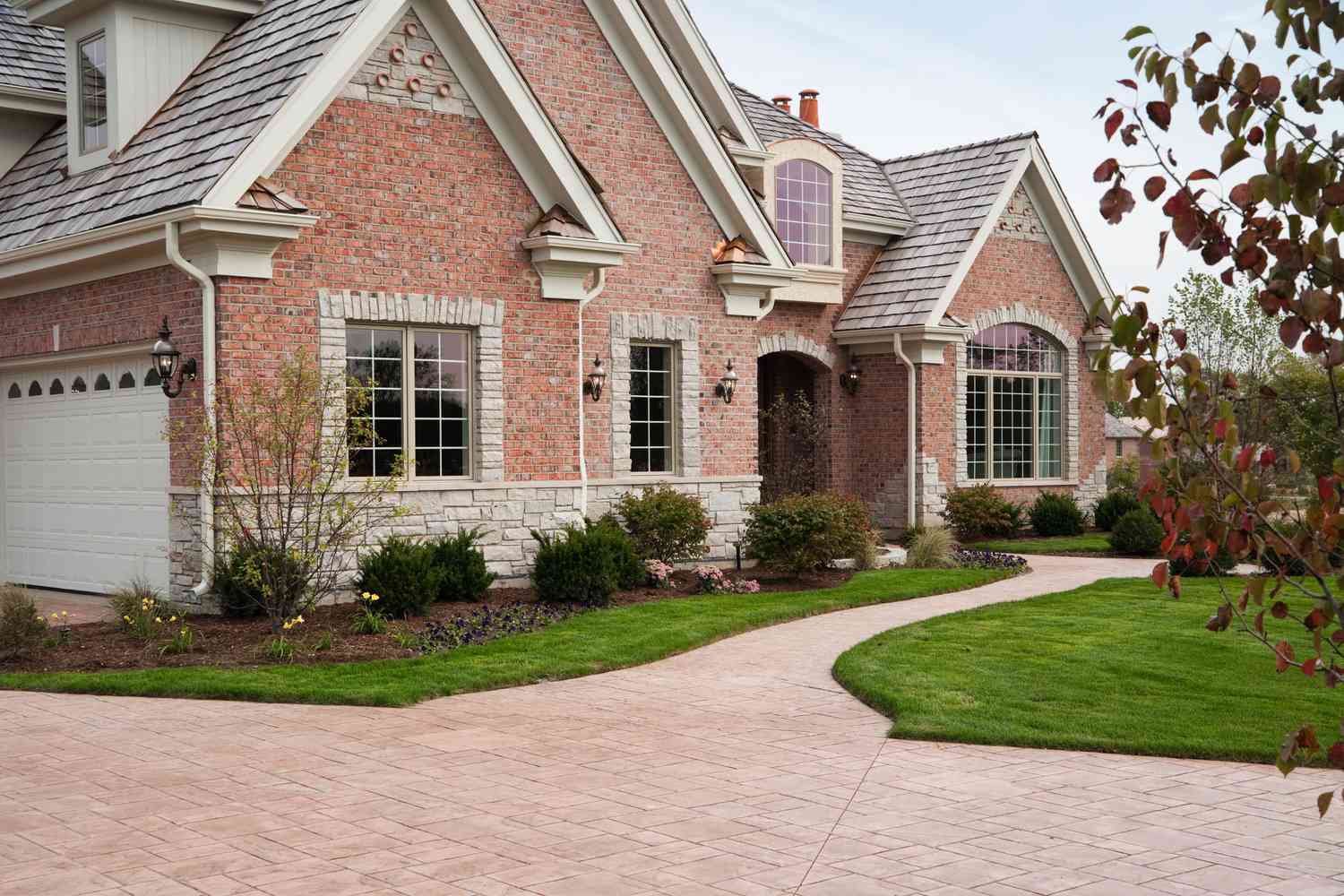
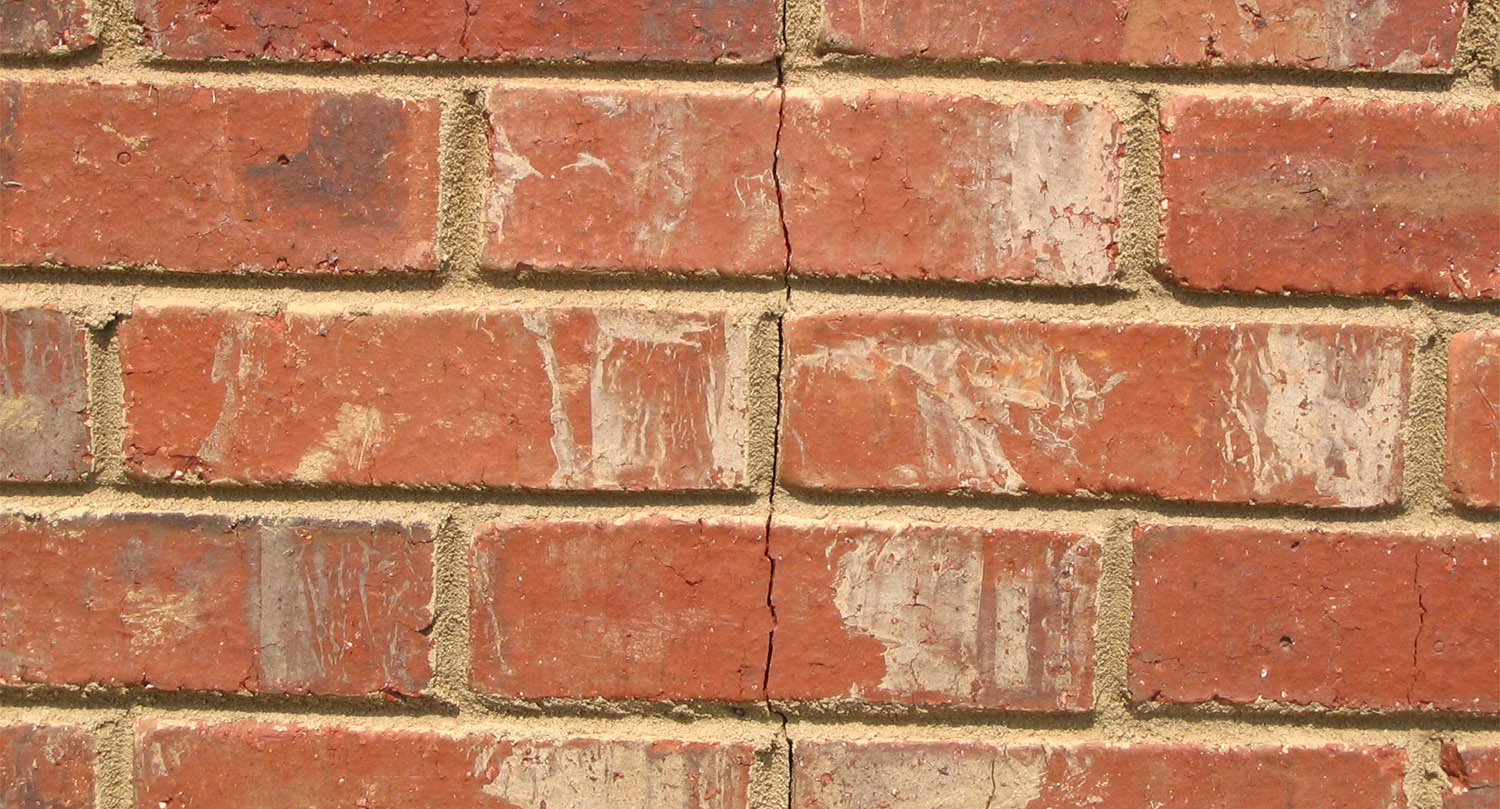
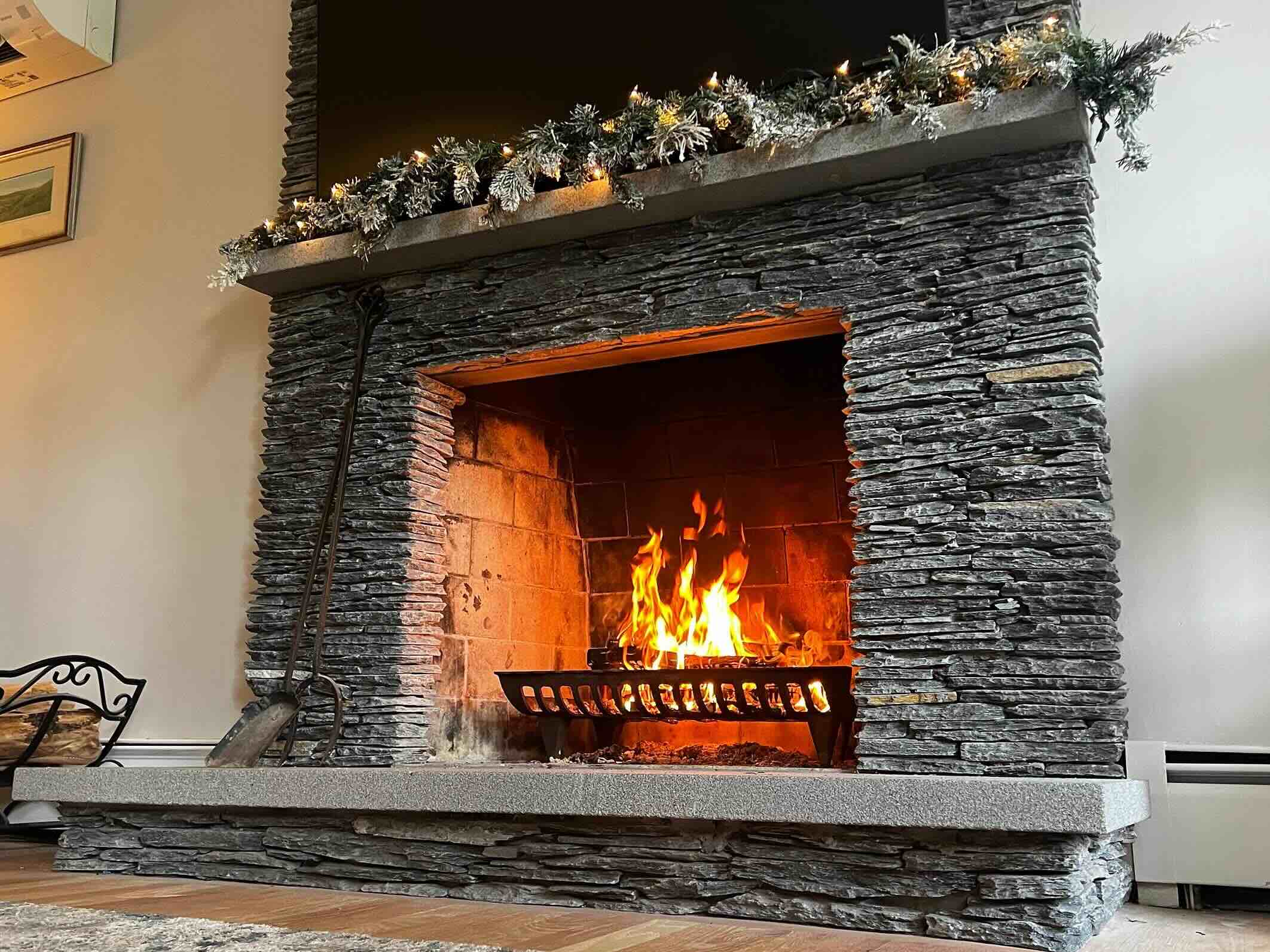
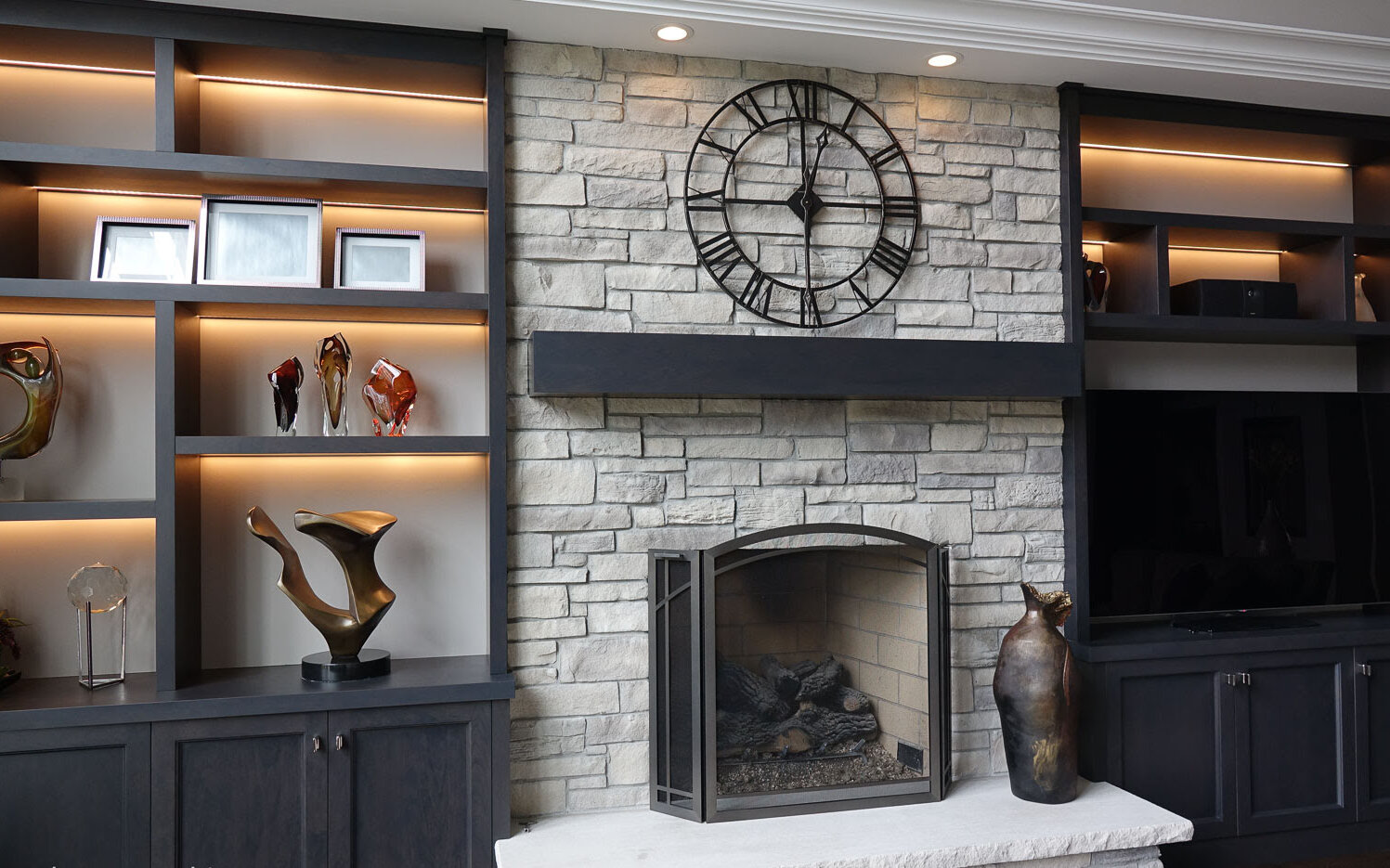
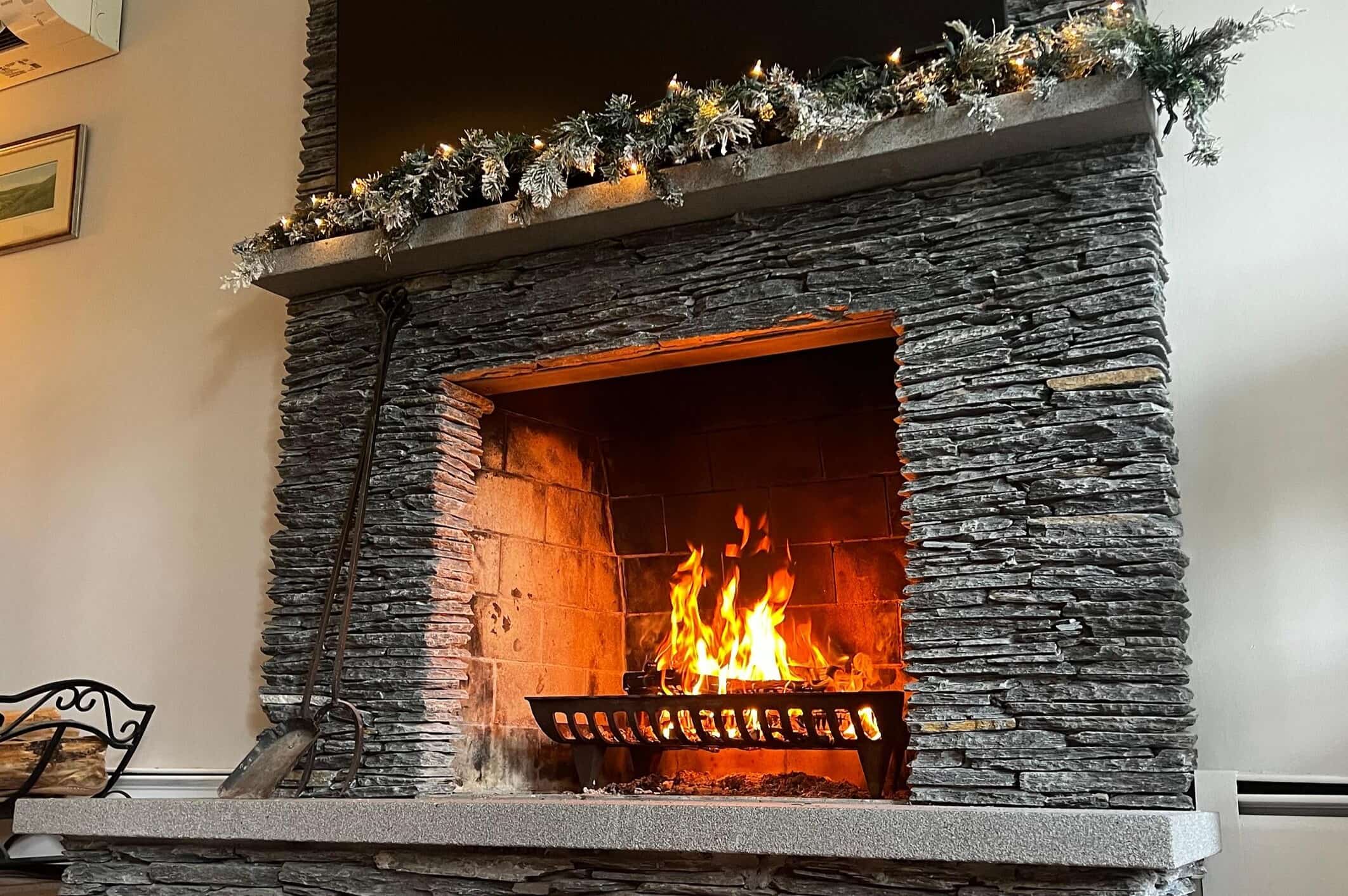
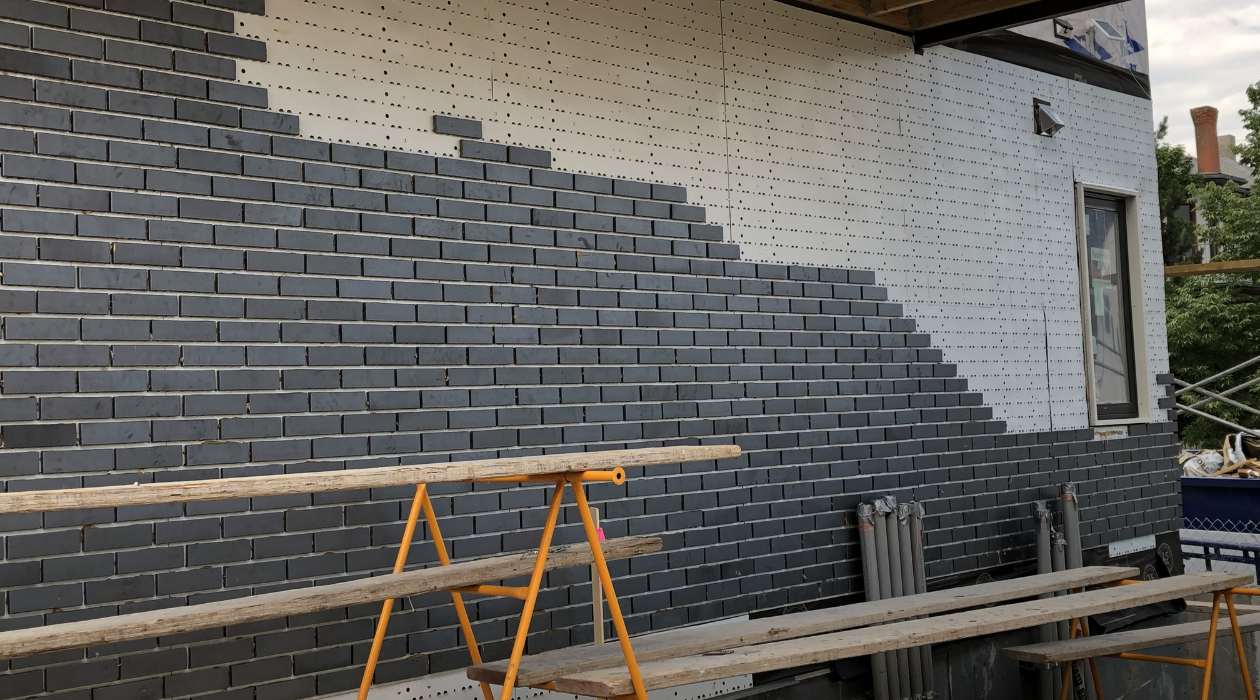
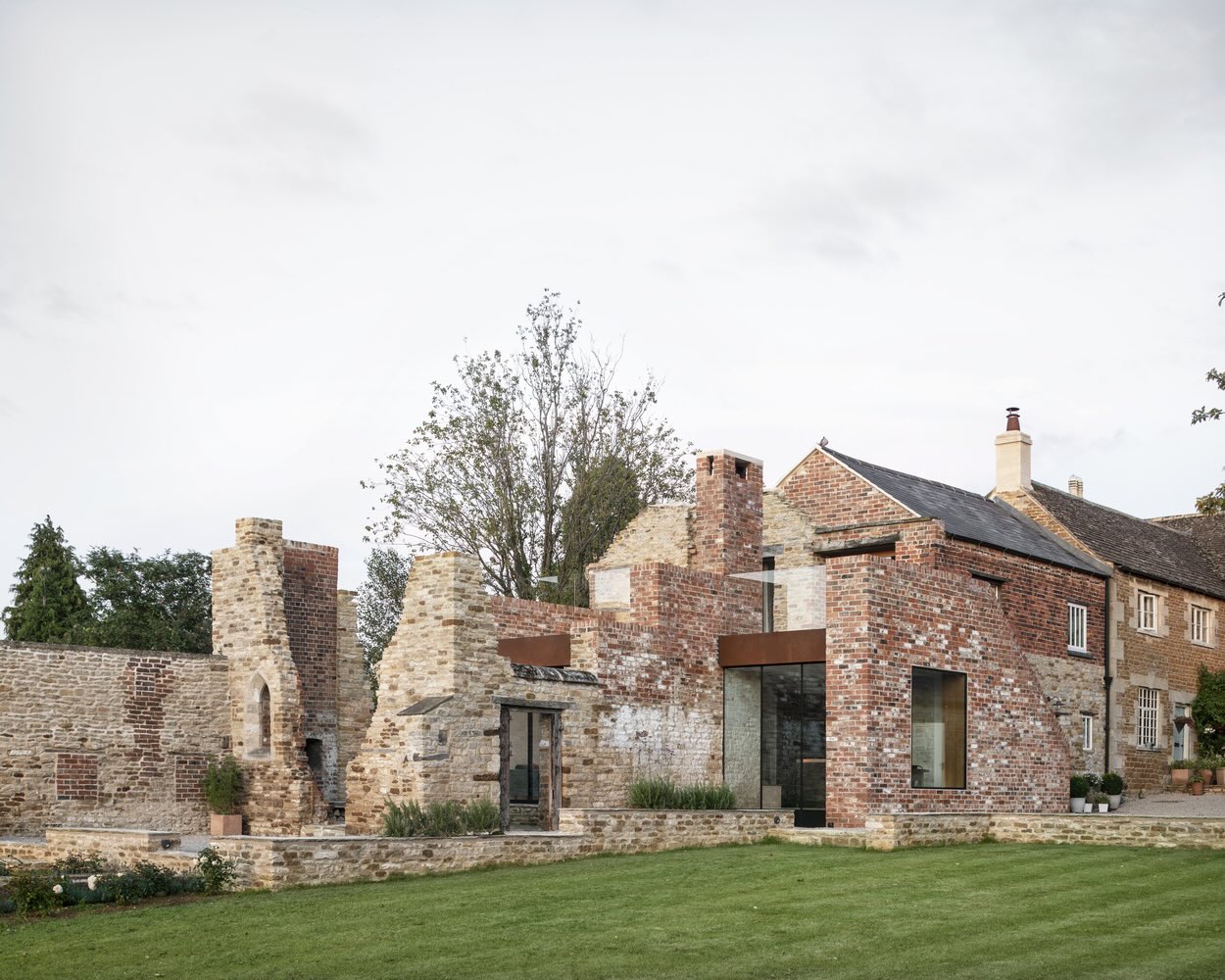
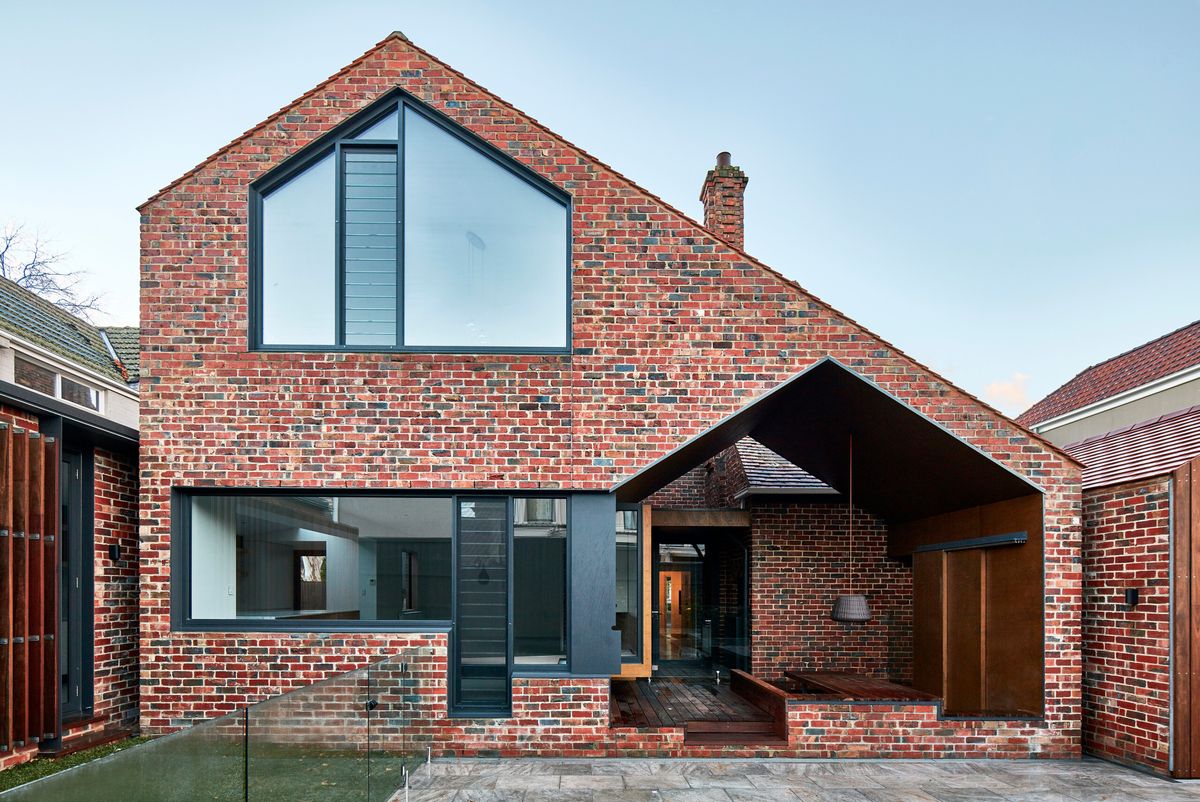
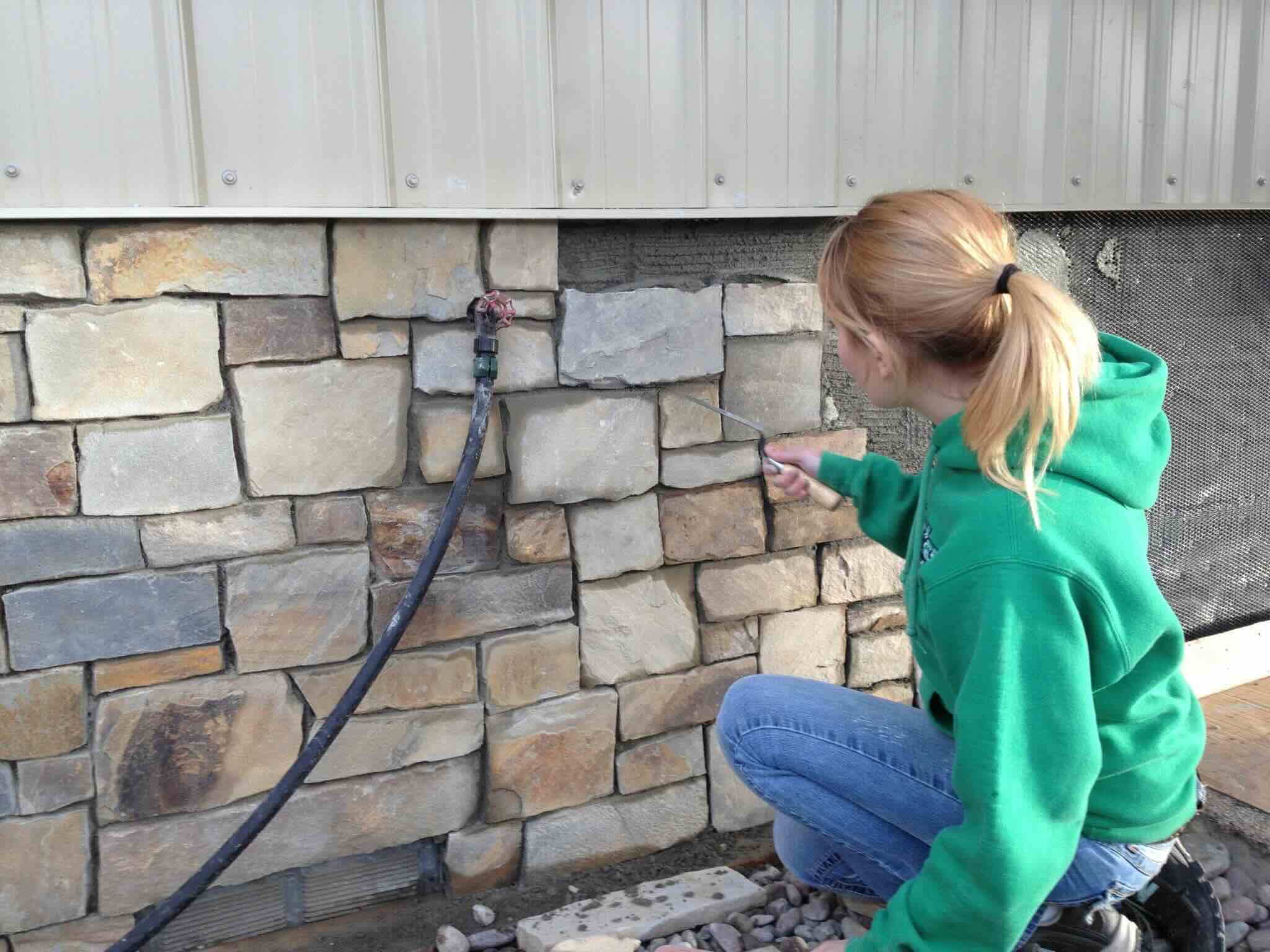
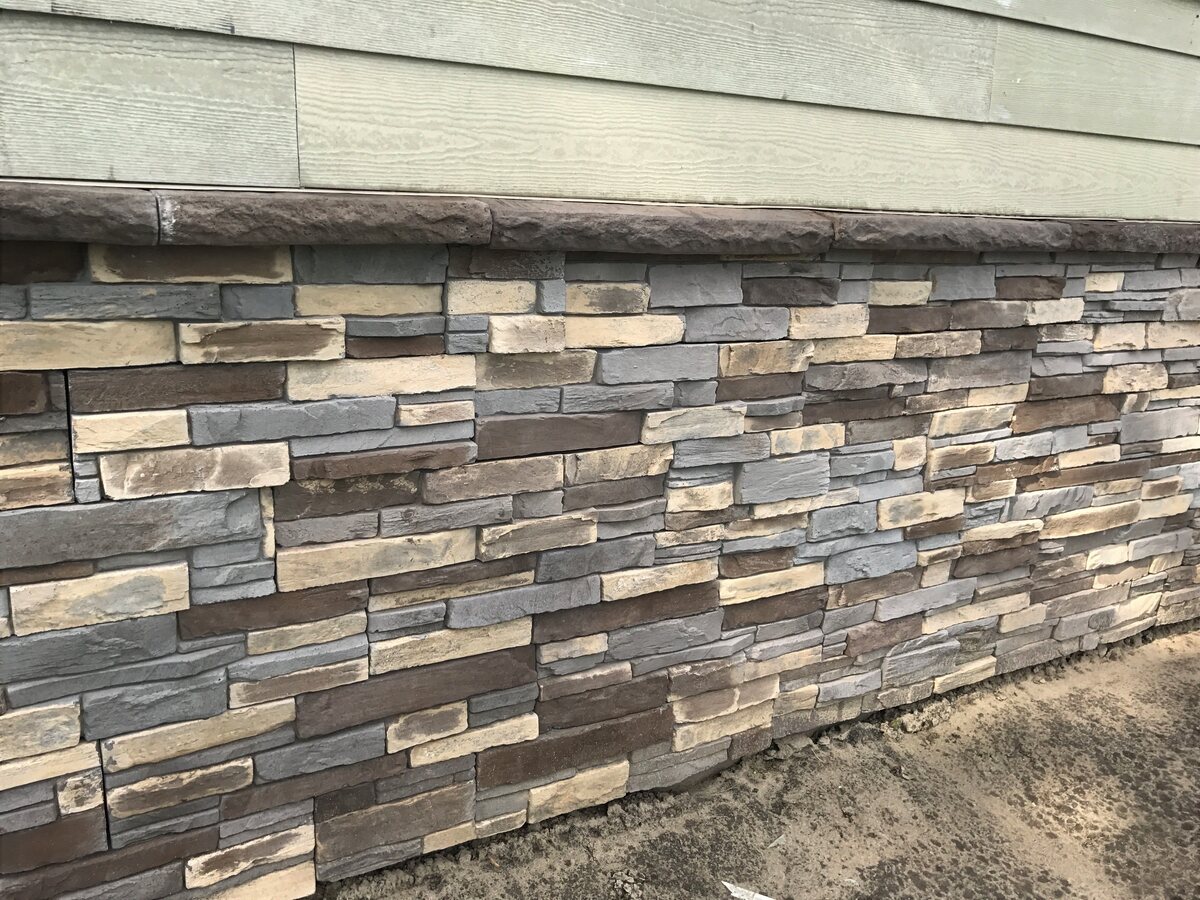
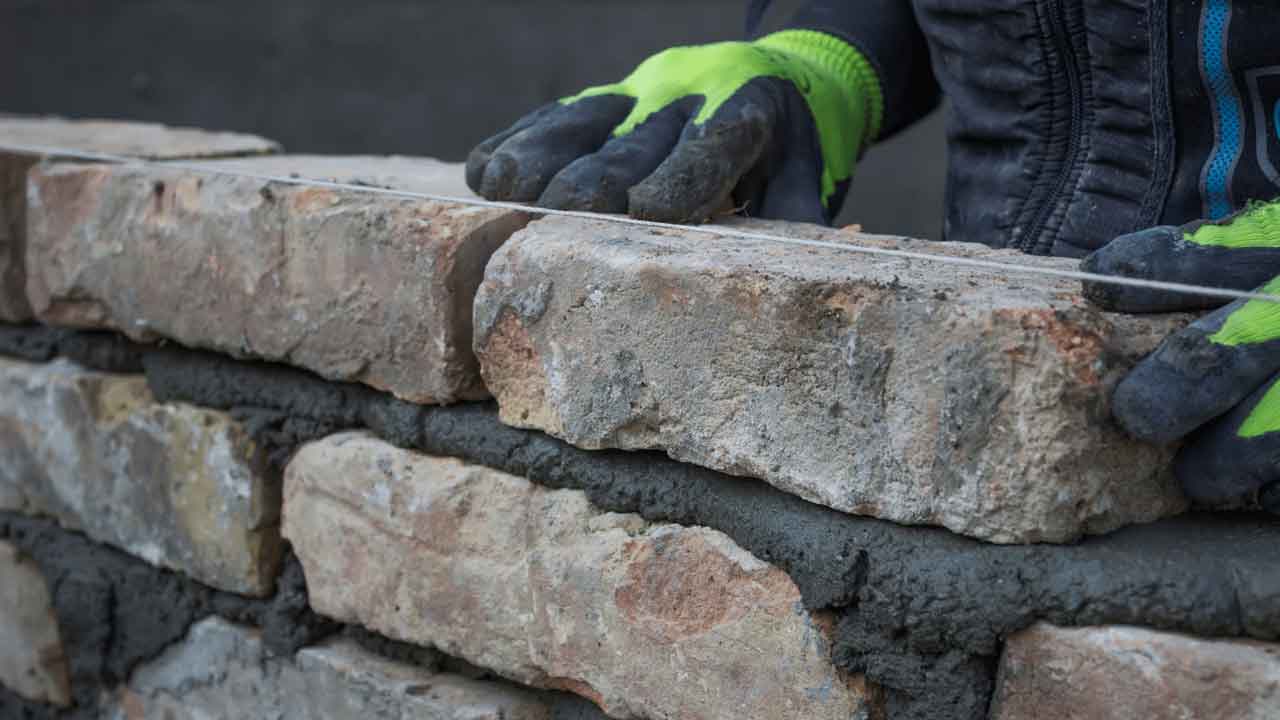
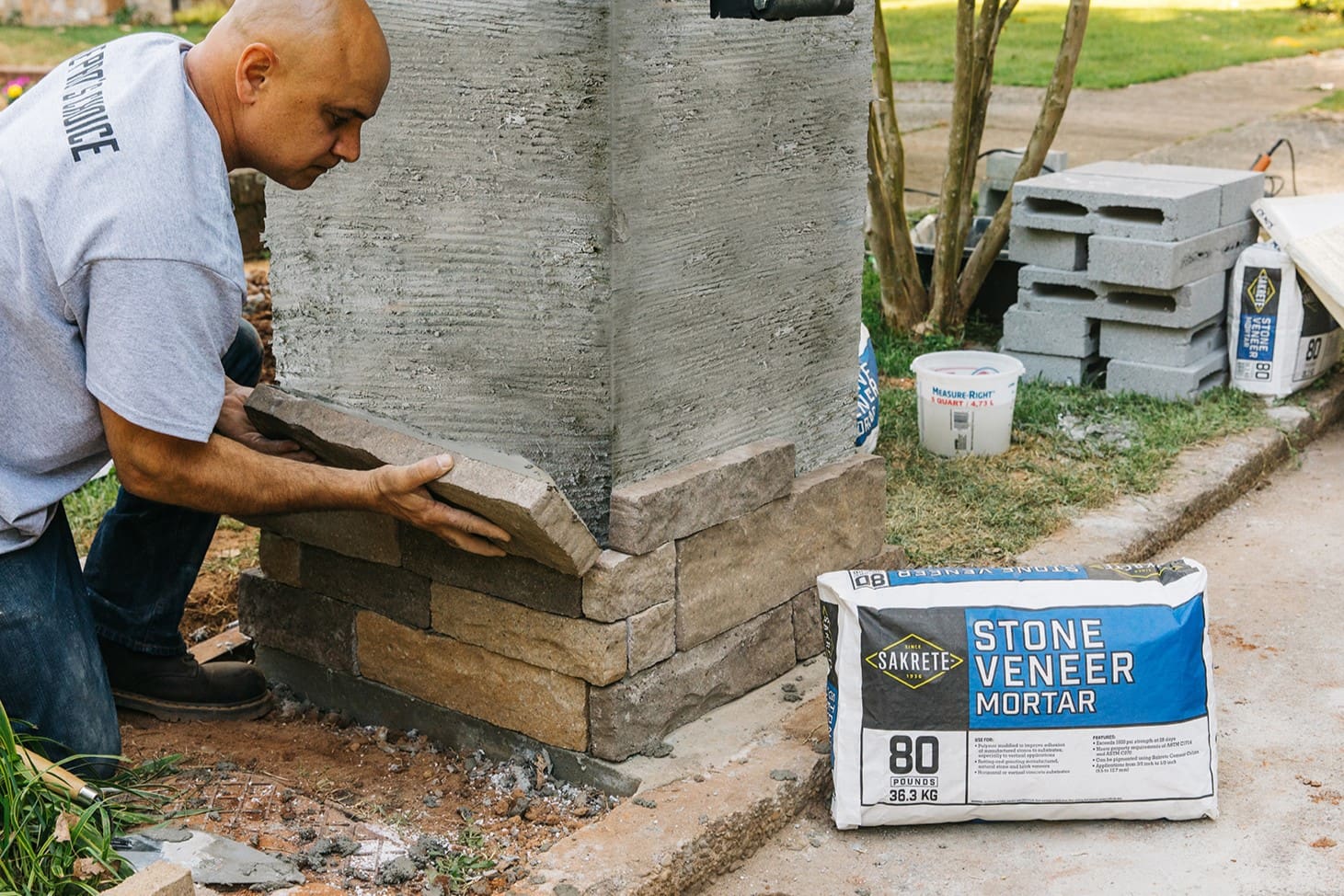
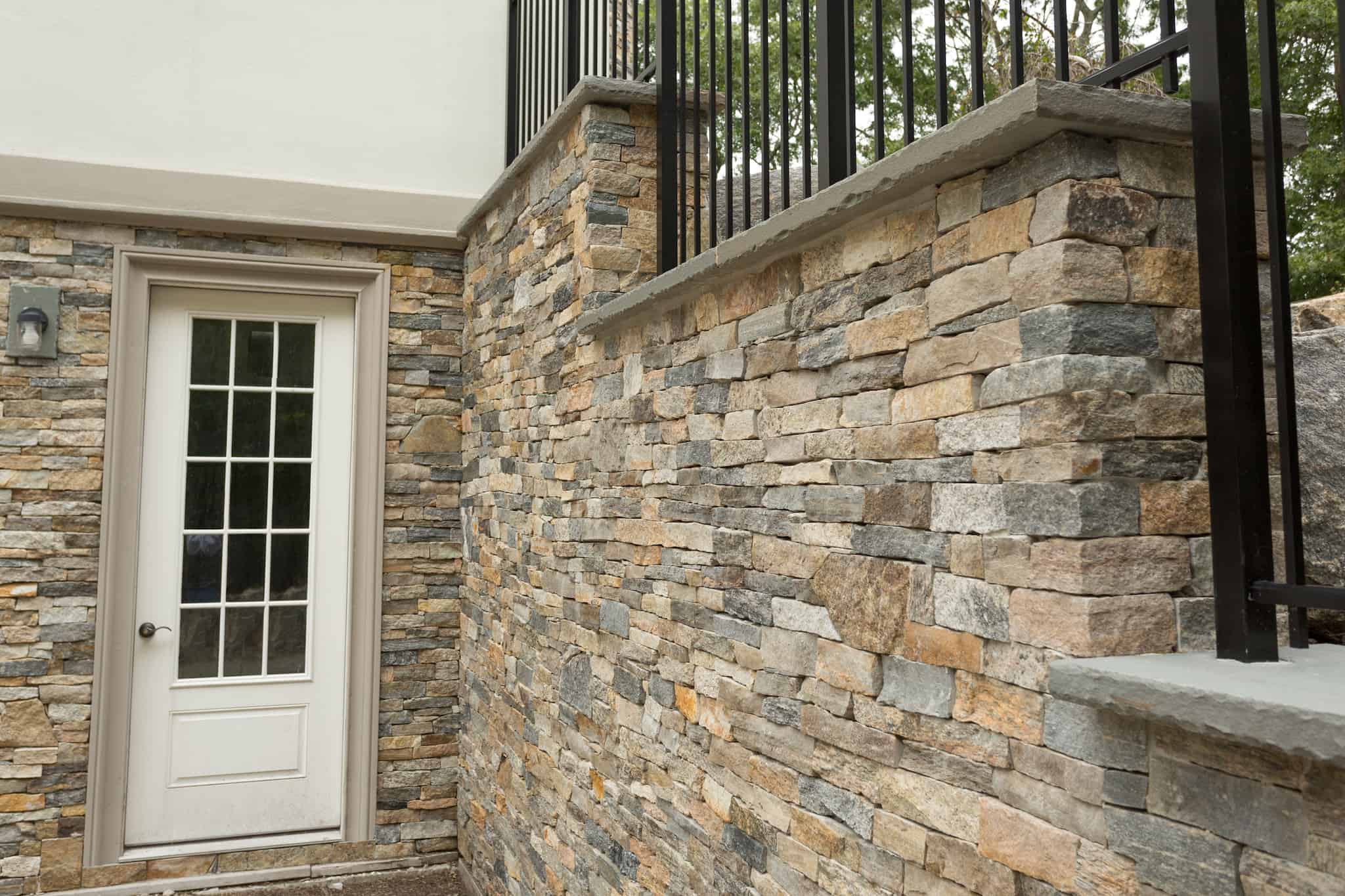
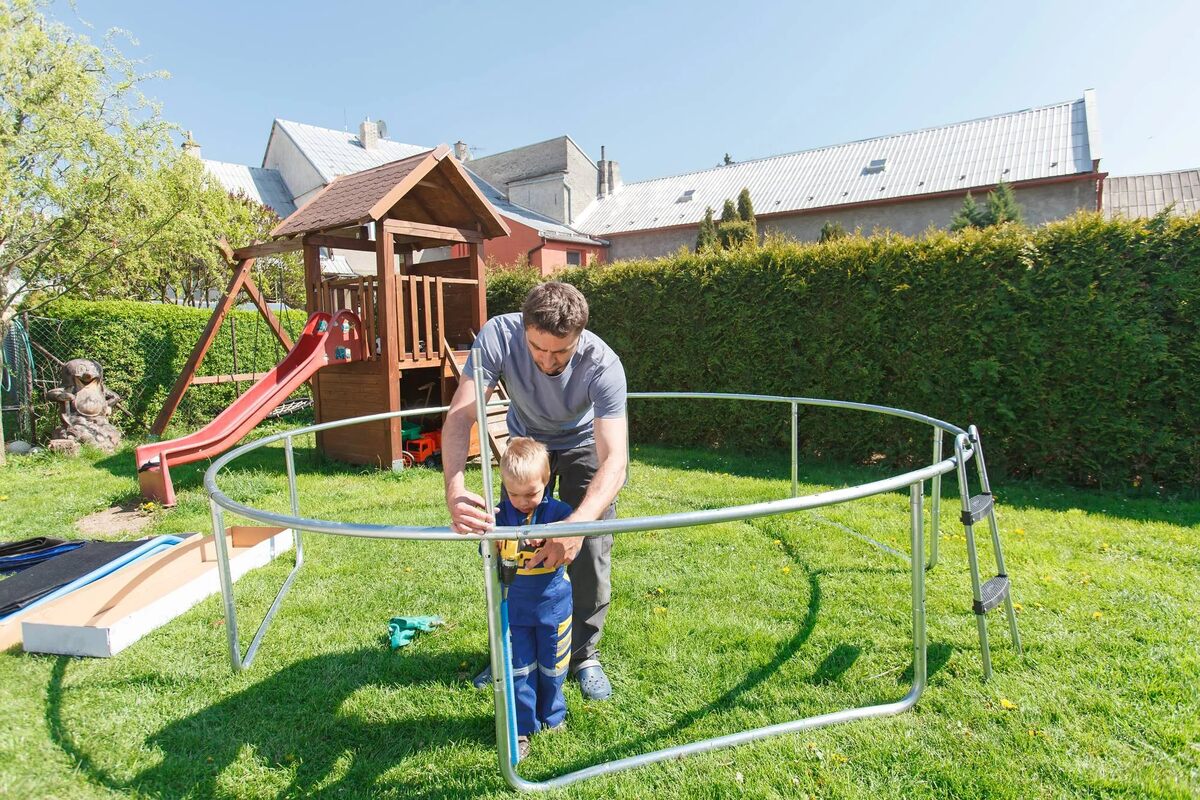

0 thoughts on “What Is Brick Veneer Made Of”